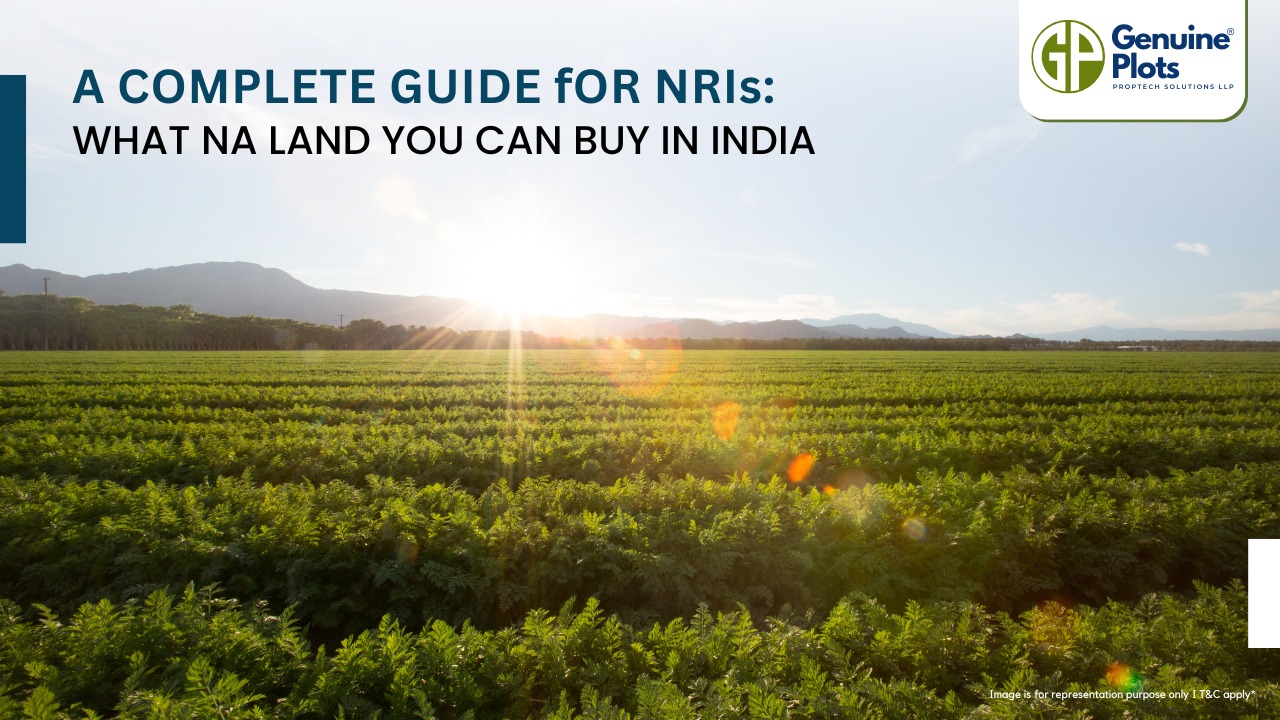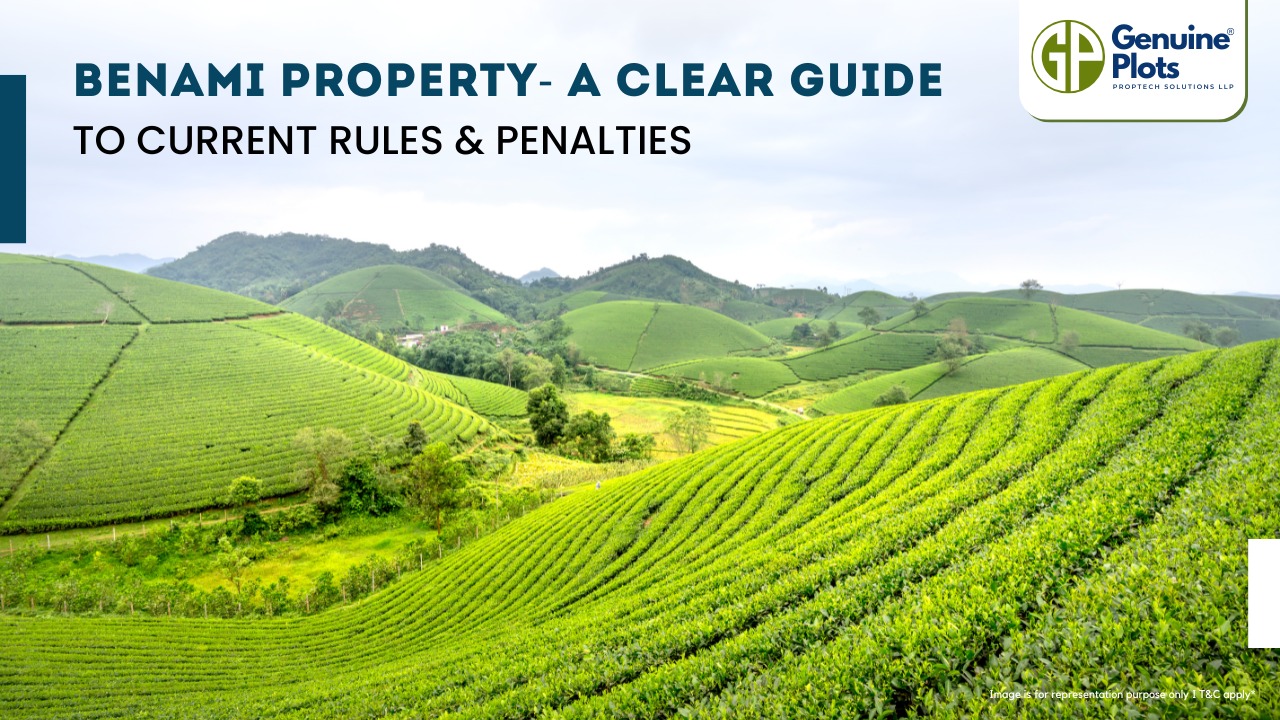Prev Post
What are NA Plots in MaharashtraR-Zone or No Zone Making Informed Decisions for Residential Plot Investments
R-zone refers to residential plots designated for construction in both urban and rural areas. In Maharashtra, authorities like CIDCM and MMRDA can determine R-zone plots. This article will explore the different R-zone categories and associated risks and address common queries.
R-zones are classified into two main categories:
Purely residential (R1 zone): These plots are exclusively meant for residential purposes. They are located within 12m of the nearest road in open areas, and if the area is congested, the distance can be 9m or even less. Building residential structures on R1 plots does not necessitate regulatory authority permission.
R2 zone: The R2 zone comprises residential areas situated at a minimum distance of 12m or more from the nearest road. The R2 zone allows for various types of residential development, including the construction of institutional, commercial, and medical facilities within the designated area.
Investing in R-zone properties carries risks similar to any other property. These risks arise when the title deed is not appropriate. Researching and understanding how to evaluate R-zone plots and their locations is crucial before making an investment decision. However, the risk is minimal if all ownership documents are up to date and without discrepancies.
Likewise, when purchasing an R-zone plot, ensure that the encumbrance certificate (EC) indicates no issues, discrepancies, complaints, or disputes. Investing in land with clear ownership and devoid of doubts is advisable, after considering the ready reckoner rate of the location.
Can R-zone properties be converted into Non-Agricultural (NA) properties?
According to recent amendments by regulatory bodies in Maharashtra, such conversions are allowed. However, for a smooth transaction from R-zone to NA plot, it is essential to have a clear and marketable property title.
Moreover, confirming that the ownership rights solely belong to the owner or seller is crucial. Consulting a lawyer to verify the deed is necessary. Before signing any agreement, carefully examine the encumbrance certificate (EC) issued by the local sub-registrar's office. The EC must be from the relevant land registration authority.
Once the EC confirms no pending payments, complaints, or disputes, you can convert the R-zone property into an NA plot and proceed with your plans.







